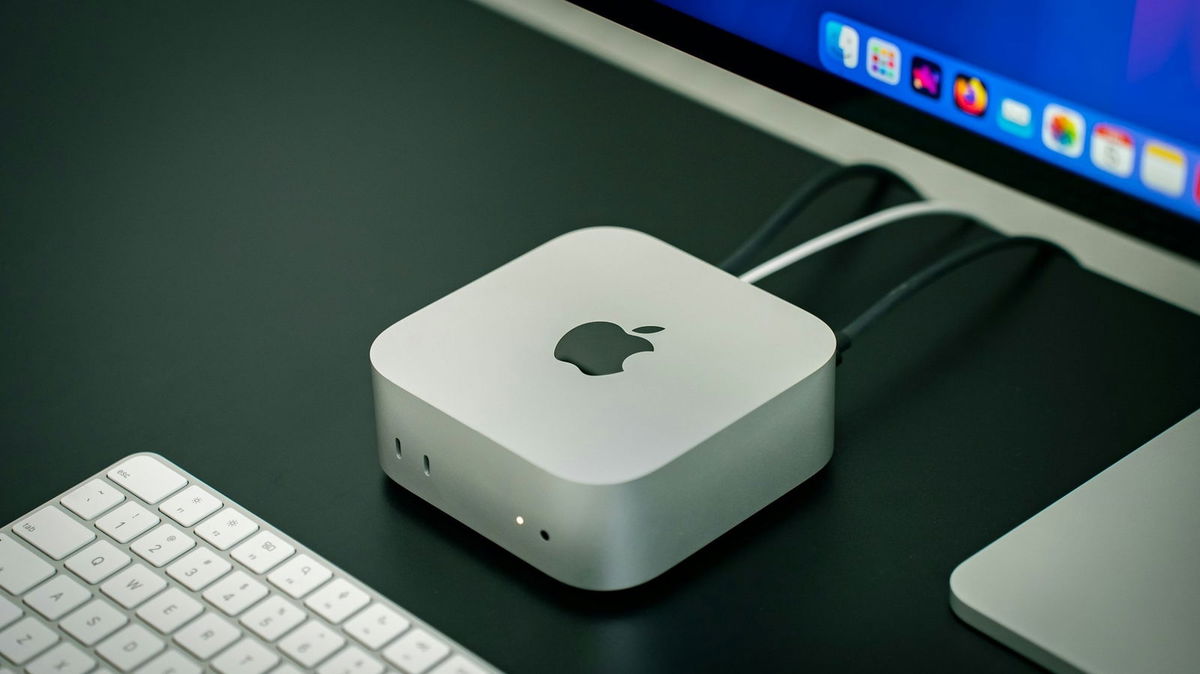After being in beta for a long time and very carefully phased out to a few select models recently, Synology’s DSM 7.1 is now available for nearly all supported NAS from the brand. What’s up?
The road to DSM (Disk Station Manager, the operating system that all Synology NAS runs on) version 7 has been a long road. It took years for the upgrade to be well-accepted by the manufacturer. Still, version 7.0 was a bit lukewarm by users. In particular, the disappearance of functions raised questions.
Older versions of DSM, for example, were known to be able to play music via a plugged-in DAC, and it was even possible to record DVB-T television for extended periods of time. Making legacy USB printers available over the network, including AirPrint capabilities, was no problem. It was the dots on the i that made DSM popular.
Still, Synology chose to delete them. Anyone using a UPS – battery-backed emergency power supply – along with a Synology has also been annoyed. It suddenly became clear that it was no longer possible for most brands to turn off UPS.
Only for the more obscure and also very expensive brand Omron for UPSs in our area, this trick still worked. After many complaints, Synology reversed this in 7.1; other features mentioned are completely gone.
Curious
The key question, of course, is what you will get in return now that DSM 7.1 is ready to use. Well, it’s essentially a smoother, more stable, and faster whole, according to Synology. With a few extra options like the option to take a full backup of your system. If something goes horribly wrong, you can quickly get everything back to working order. All settings including operating system etc.
The Active Backup for Business tool required for this can be found in the Package Center, DSM’s ‘app store’. It is noteworthy that after the first run, the application must first be activated in Synology. Now we see this in more episodes.
In fact, before upgrading to 7.1 we were told that if we wanted to install certain codecs we had to sign in to a Synology account. That means DSM is starting to feel a little fancier.

About apps
To be fair: DSM is also an excellent OS for NAS in version 7.1. But actually, after the stormy start of the revolutionary whole with the modern desktop running in your browser, we expected more from the future. More apps, more environmental support. With that, NAS could become very nice low-power servers for home use and office workgroups.
Many components are certainly available for this. There is the Synology Drive app with a full Office suite such as Google Docs. But yes, some users will quit again, as these USB printers are no longer supported.
Flagship Synology Photos – formerly PhotoStation – has undergone a major overhaul in version 7. In version 7.1, the comprehensive photo management suite has been further improved. Apart from something like Adobe Lightroom, it’s useful for photographers who want to centrally manage their entire photo collection.

Many improvements
DSM 7.1 has many minor and major improvements over version 7.0x. For example, you can now set multiple shares to come to a client from one and the same device. No more searching for which shared folder is on which NAS. Especially useful if you have more than one NAS.
SSD cache can now be enabled for multiple volumes at the same time. Plus lots of tweaks under the hood to make I/O faster, for example from a virtual machine. Most of these tweaks are mainly aimed at business users or anyone who wants to experiment with more professional settings.
DSM 7.1 Installation and Compatibility
DSM 7.1 is actually a moment of transition. DSM 6.2x will be patched by June next year, no more after that. In short: if your NAS supports 7.1, you should gradually start considering an upgrade. The downside is that this will be a two-stage rocket.
You need to upgrade to version 7.01 first, then to 7.1. Also, the 7.1 update does not appear in all Synology, Synology reports on the site. In this case you need to download the 7.1 setup file suitable for your type and then download it via the upgrade module (available in the menu). Start, Control Panel and Update and Restore) To upload.
You can still update after that. The ‘affected’ models for which the 7.1 update does not appear can be found on the Synology site (scroll down a bit). You also read there that 7.1 is the last station for a wide range of NAS; higher future versions will no longer be offered.
Also read: Legacy Synology NAS support ends – You need to know this

All in all, DSM 7.1 is also an upgrade with a smile for some and a tear for others. If you are very attached to certain functions and are still working on DSM 6.2x, you have until June next year to enjoy it. After that, you have to either switch or accept that you will no longer receive (security) patches. This also applies to NAS that no longer receive the 7 update.
In this case, you don’t have to trash your NAS right away, but it is important that you no longer hang it in the cloud to avoid misery. You can regulate this through the settings in the DSM and also on your router by blocking internet access to your NAS.
Source: Computer Totaal
I am Bret Jackson, a professional journalist and author for Gadget Onus, where I specialize in writing about the gaming industry. With over 6 years of experience in my field, I have built up an extensive portfolio that ranges from reviews to interviews with top figures within the industry. My work has been featured on various news sites, providing readers with insightful analysis regarding the current state of gaming culture.











